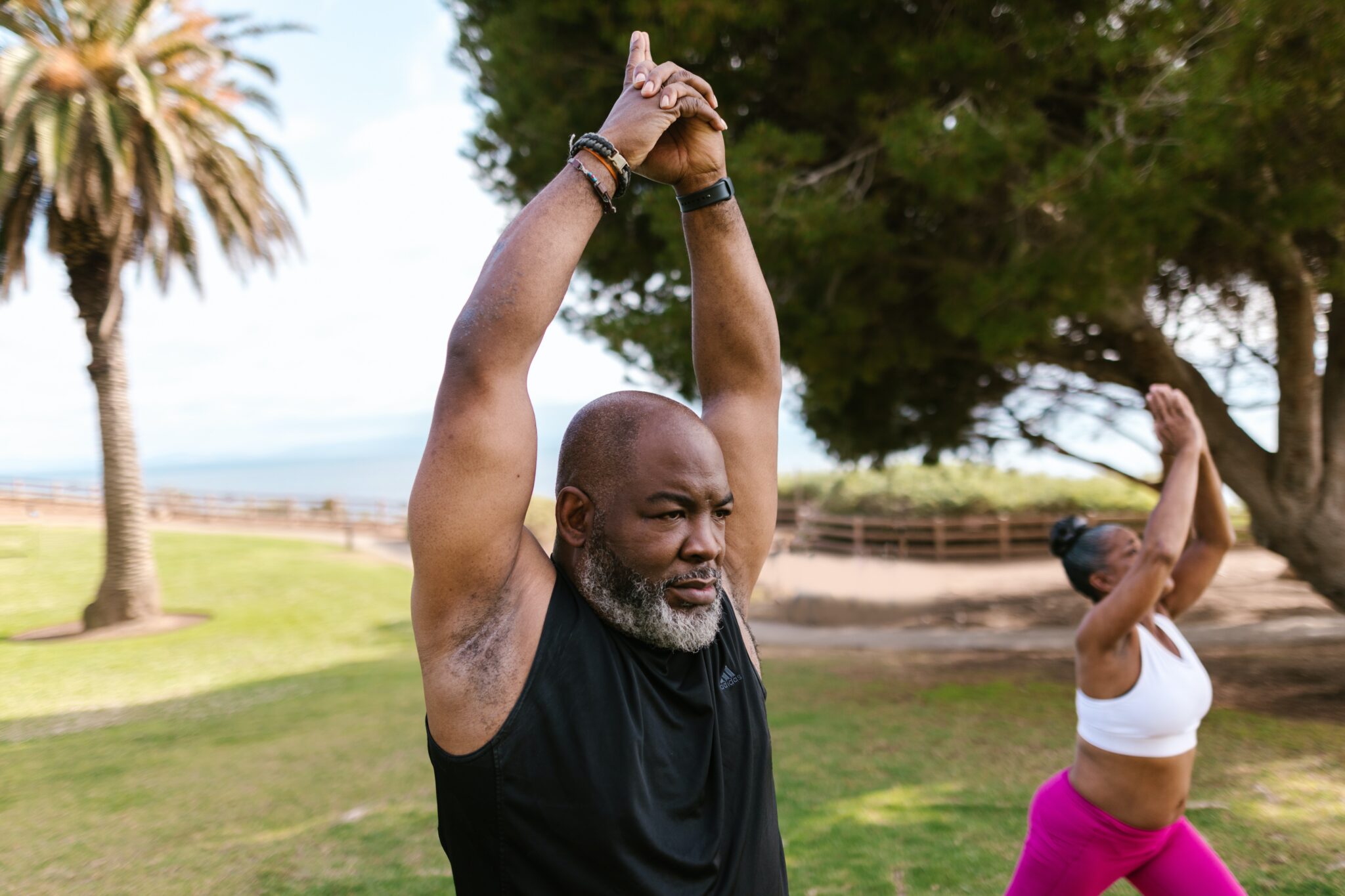
Stay Well Recognized Black Seniors for Older Americans Month
Senior Citizens Month, now known as Older Americans Month, was deemed a national holiday in 1963 by President John F. Kennedy.
Fast forward 60 years later.
Affordable health care is an even bigger necessity for our aging population and people with disabilities, considering the health challenges from COVID-19.
The Kaiser Family Foundation found that nearly 1.1 million lives have been lost due to COVID-19. About 790,000 were seniors 65 years old or older, which is 16% of the total U.S. population. That small percentage of people, however, accounted for 75% of all COVID-19-related deaths.
Long COVID-19 was also a rising concern among older people who are 65 years old or older, especially those with underlying conditions. They’re at greater risk than most youth. Symptoms associated with long COVID-19 triggered and compounded chronic conditions, such as cardiovascular diseases, respiratory diseases, neurodegenerative conditions, and overall decline.
In Joe Biden’s 2023 proclamation to Older Americans, the president explored his plan to grant more seniors the health care resources and financial security through the Inflation Reduction Act. For those on Medicare, it could save them upward of tens of thousands of dollars on lifesaving drugs for cancer, heart disease, Alzheimer’s, and more. Although many advancements have been made for our seniors, our government still has much work to do when it comes to the health of Black seniors and individuals in general.
That’s why local and national health and behavior change campaigns, like Stay Well and We Can Do This, put forth their best efforts to ensure that all Americans, especially Black Americans, are aware of health opportunities and disparities.
Let’s Talk About Income
These days, the older generation is working past retirement for many reasons. The biggest one is income.
Retirement income is often based on many individual and socio-economic factors, like financial awareness, types of jobs worked, opportunities to advance, income growth, race, gender, support, and more. Given that, even people with IRAs, pensions, and retirement plans may have to lighten up their lifestyles to enjoy a better quality of life later in life.
Consider someone with $400,000 in their 401k retirement plan. Looking at the figures, it seems like a good chunk of change. But if they were to retire at 65 and live until 85, they would only receive $20,000 per year for their expenses, with no investments.
In a May newsletter, AARP reported that Social Security benefits would only last until 2033. While President Biden promised to defend the lifeline of Social Security and Medicare for another 25 years, that doesn’t bode well for Millennials born in 1988 and after, who will be in their 70s by 2058. That’s arriving for many, which is another reason why we’re seeing more elderly faces in the workplace.
Getting older is not a death sentence. Rather, it’s another phase in life that’s full and rewarding. You get a chance to stress less, laugh more, stay connected and do the things that provide a better quality of life and longer life expectancy. Programs outside of Medicare and Social Security, like the U.S. Health and Human Services’ Stay Well campaign, offered several resources that helped seniors live a healthy life.
Visit the Stay Well Health Hub to learn about different health-related topics. For caretakers or service providers, visit OAM Activity Ideas to see how you can participate in volunteering during Older Americans Month.
Was this article helpful?